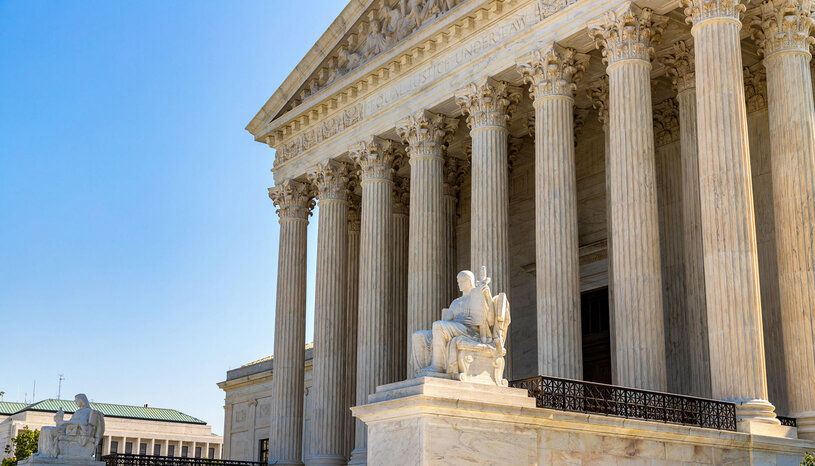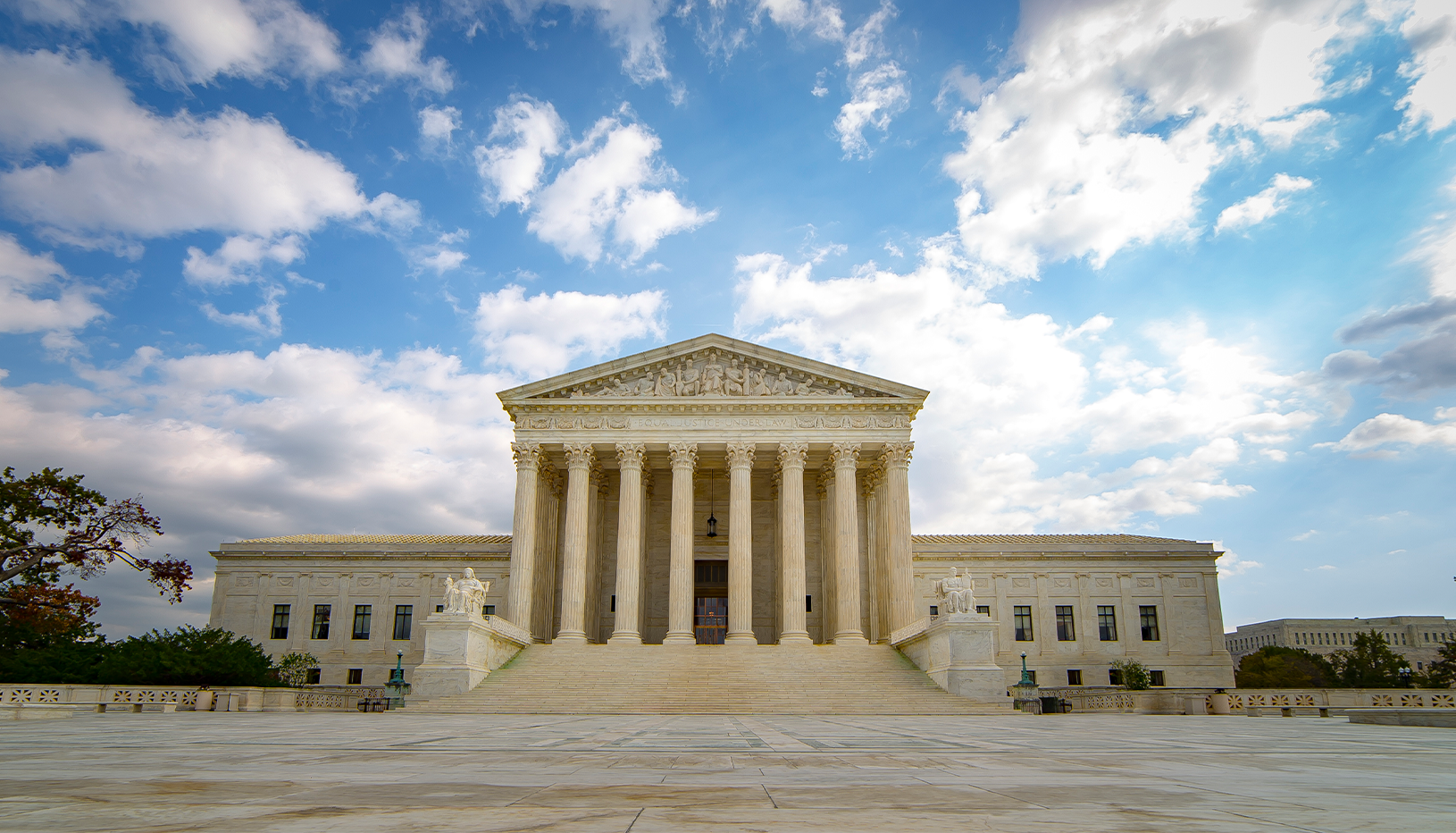
The Supreme Court has assumed a degree of power and importance that would have been unrecognizable in the founding era. A cascade of ethics scandals has laid bare a system in which justices wield tremendous power for decades with little accountability, while the Court’s rulings are increasingly unmoored from broadly held values and the principle of judicial restraint. Term limits would ensure that the Supreme Court stays in touch with American society and that no justice has too much power for too long.











